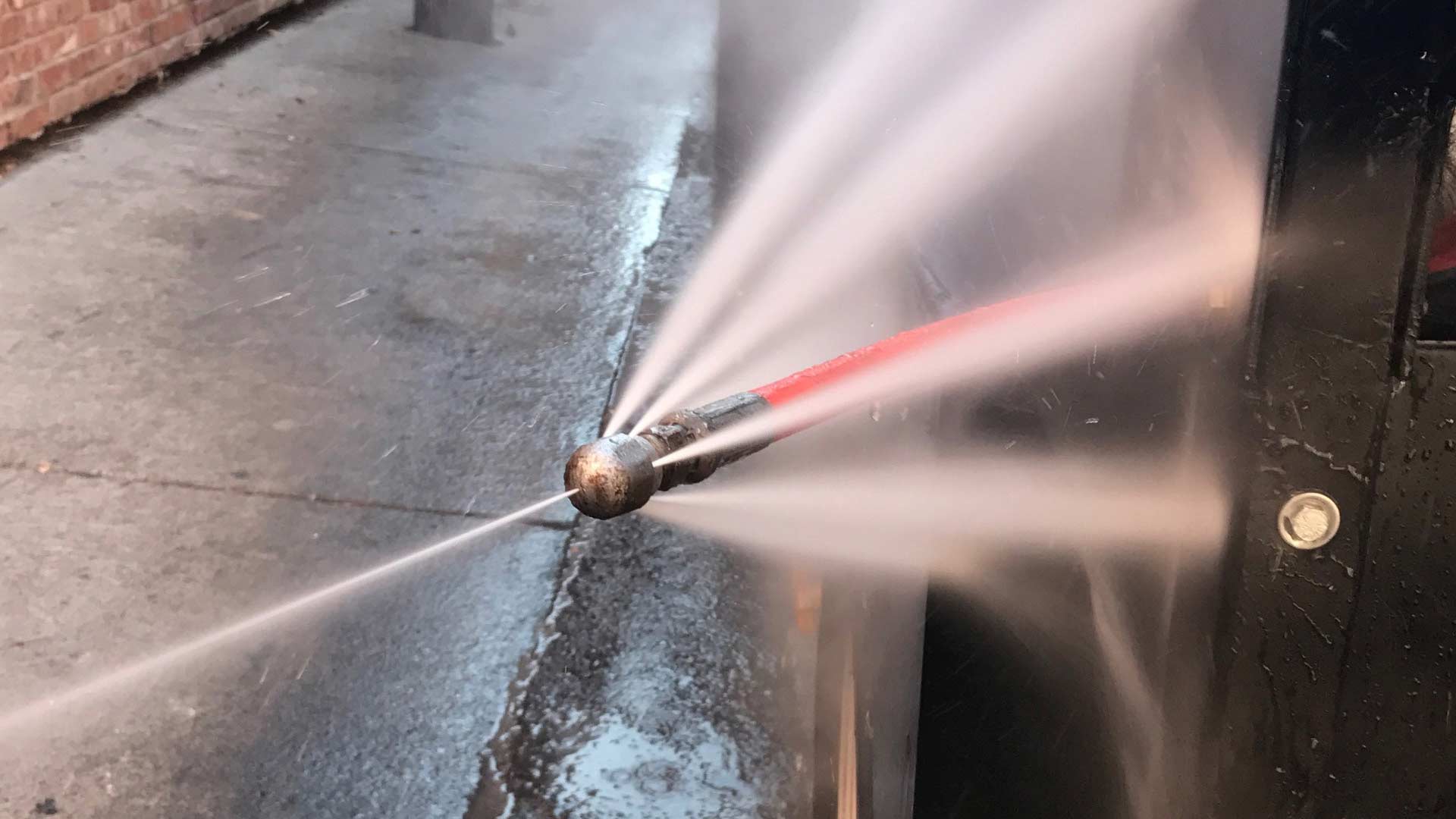

Articles
What Is Jetting In Plumbing
Modified: August 25, 2024
Discover what jetting is in plumbing and how it can help unclog drains efficiently. Explore our informative articles on jetting and find expert tips for maintaining clear pipes.
(Many of the links in this article redirect to a specific reviewed product. Your purchase of these products through affiliate links helps to generate commission for Storables.com, at no extra cost. Learn more)
Introduction
When it comes to plumbing maintenance and repair, there are various techniques and tools that plumbers use to solve different issues. One such technique is jetting, which has gained popularity in the plumbing industry due to its effectiveness in clearing clogs and blockages in pipes.
In simple terms, jetting in plumbing refers to the process of using high-pressure water to clean and clear out pipes and drains. It is a powerful and efficient method that can tackle even the most stubborn debris and sediment buildup.
In this article, we will dive deeper into the world of jetting in plumbing, exploring how it works, its different techniques, the benefits it offers, and its applications in various plumbing scenarios.
So, whether you are a homeowner dealing with a persistent drain blockage or a plumbing professional seeking to expand your knowledge, read on to discover the wonders of jetting in plumbing.
Key Takeaways:
- Jetting in plumbing is a powerful and versatile technique that utilizes high-pressure water to clear blockages, maintain pipe cleanliness, and ensure optimal flow in plumbing systems. It offers effective clearing power, versatility, and environmental friendliness, making it a reliable solution for various plumbing issues.
- Prioritizing safety is crucial when performing jetting procedures. Key safety considerations include wearing protective gear, inspecting equipment, receiving proper training, ensuring appropriate water source considerations, using eye protection, maintaining electrical safety, performing proper pipe inspections, communicating and using warning signs, and protecting the environment during the process.
Read more: What Is A Jetted Bathtub?
Definition of Jetting in Plumbing
Jetting in plumbing is a powerful technique that utilizes high-pressure water to remove blockages, debris, and buildup from pipes and drains. It is considered a more advanced and effective method compared to traditional methods like snaking or using chemical drain cleaners.
The process involves the use of a specialized jetting machine, equipped with a high-pressure water pump and a nozzle, which directs a focused stream of water into the pipes. The water is forced through the pipes at high speed, creating a strong jet that can dislodge and flush away any obstructions.
Jetting is especially useful in situations where other methods fail to fully clear the blockage or where there is a persistent clog that keeps recurring. It can be used in both residential and commercial settings, and is commonly employed in drain cleaning, sewer line maintenance, and pipe descaling.
This technique can effectively remove a wide range of materials that cause blockages, including grease, hair, tree roots, mineral deposits, and solid debris. It is capable of reaching deep into the pipes, ensuring a thorough cleaning and restoring optimal flow.
Jetting in plumbing can be performed on various types of pipes, including PVC, copper, cast iron, and clay. It is a versatile method that can be used in different pipe sizes and configurations, making it suitable for a wide range of plumbing systems.
Overall, jetting in plumbing offers an efficient and non-invasive solution to clear out stubborn clogs and keep the plumbing system running smoothly. Its effectiveness, versatility, and eco-friendly nature have made it a preferred choice among plumbing professionals and homeowners alike.
How Does Jetting Work?
Jetting in plumbing works by utilizing the power of high-pressure water to forcefully clear out blockages and debris from pipes and drains. The process involves several components and steps to ensure a thorough and effective cleaning.
1. Inspection: Before jetting, a thorough inspection of the plumbing system is conducted to identify the location and nature of the blockage. This is typically done using specialized equipment such as drain cameras or pipe inspection cameras.
2. Preparation: Once the blockage is identified, the jetting equipment is set up. This includes connecting the high-pressure water pump to a water source and attaching the appropriate nozzle to the end of the hose. The nozzle is selected based on the type and size of the pipe being cleaned.
3. High-pressure water delivery: The jetting machine generates a powerful stream of water at a high pressure, often ranging from 1,500 to 4,000 pounds per square inch (psi). This pressurized water is then delivered through the nozzle, which can create different spray patterns depending on the specific needs of the job.
4. Nozzle movement: The nozzle is inserted into the pipe, and the operator maneuvers it downstream while simultaneously activating the jetting machine. The high-pressure water is directed towards the blockage, dislodging and breaking it apart.
5. Flushing and debris removal: As the jetting process continues, the dislodged debris is carried downstream by the force of the water. This ensures that the blockage is fully cleared and flushed out of the system, restoring proper flow.
6. Inspection and verification: After the jetting is complete, a final inspection is conducted to ensure that the blockage has been fully cleared and the pipes are clean. This is often done using drain cameras or by running water through the system to check for any remaining issues.
The effectiveness of jetting in plumbing is due to the combination of high-pressure water and the focused spray pattern created by the nozzle. The force of the water can break apart even the toughest clogs and obstructions, while the spray pattern ensures a thorough cleaning along the inner walls of the pipe.
It is important to note that jetting should be performed by trained professionals who have experience in operating the equipment and understanding the specific needs of each plumbing system. This will help ensure the safety and proper execution of the process.
Overall, jetting in plumbing is a highly effective method for clearing blockages and maintaining the cleanliness and functionality of pipes and drains. Its powerful cleaning capabilities make it a favored choice among plumbing professionals for tackling even the most challenging clogs.
Types of Jetting Techniques
When it comes to jetting in plumbing, there are different techniques and tools available to suit various plumbing needs and situations. Here are some of the common types of jetting techniques used in the industry:
1. High-Pressure Water Jetting: This is the most widely used technique in jetting. It involves using a high-pressure water pump to generate a strong jet of water, typically ranging from 1,500 to 4,000 pounds per square inch (psi). The high-pressure water is directed into the pipes, dislodging obstructions and flushing away debris.
2. Rotary Jetting: This technique incorporates the use of rotating nozzles to enhance the cleaning power. The nozzles have rotating heads that create a spinning action as the water is expelled, providing a more thorough cleaning along the pipe walls. Rotary jetting is particularly effective for removing tough blockages and sediment buildup.
3. Forward Jetting: In forward jetting, the nozzle is positioned at the front of the jetting hose, allowing the water jets to propel the hose forward as it cleans. This technique is useful in long and straight pipes, where the momentum generated by the forward jets helps navigate the hose through the pipe and efficiently clean the entire length.
4. Reverse Jetting: Reverse jetting, also known as backflushing or pull jetting, is the opposite of forward jetting. Here, the nozzle is positioned at the rear of the jetting hose, and the water jets are directed in the opposite direction, pulling the hose back through the pipe while cleaning it simultaneously. This technique is suitable for pipes with bends or multiple access points.
5. Combination Jetting: Combination jetting combines the power of high-pressure water with the mechanical action of a rotating or oscillating device. This technique incorporates specialized nozzles that not only emit a high-pressure water jet but also have additional features like spinning chains or brushes to physically scrub the pipe walls. Combination jetting is effective for removing stubborn debris and encrustations.
Each type of jetting technique has its advantages and is suitable for specific scenarios. The choice of technique depends on factors such as the type of blockage, pipe material, pipe diameter, and accessibility of the plumbing system. It is crucial to understand the requirements of the job and select the appropriate jetting technique to achieve optimal results.
Professional plumbing companies and technicians are knowledgeable in the different jetting techniques and can assess the plumbing issue to determine the most suitable approach. Their expertise ensures that the correct technique is applied, maximizing the efficiency and effectiveness of the jetting process.
By utilizing the appropriate jetting technique, plumbers can ensure better clog removal, improved pipe cleanliness, and longer-lasting results, ultimately restoring the optimal functioning of the plumbing system.
When jetting in plumbing, make sure to use the appropriate nozzle for the job. Different nozzles are designed for different types of blockages and using the right one can make the process more effective.
Benefits of Jetting in Plumbing
Jetting in plumbing offers numerous benefits, making it an ideal choice for clearing blockages and maintaining the overall health of plumbing systems. Here are some of the key advantages of using jetting techniques:
1. Effective Clearing Power: Jetting utilizes high-pressure water streams to dislodge and flush away stubborn blockages, including grease, hair, tree roots, mineral deposits, and solid debris. The force of the water can break apart even the toughest clogs, ensuring a thorough cleaning and restoration of optimal flow.
2. Versatility: Jetting is suitable for various pipe materials, including PVC, copper, cast iron, and clay. It can be used in different pipe sizes and configurations, making it a versatile technique that can address a wide range of plumbing systems, from residential to commercial and industrial settings.
3. Non-Invasive: Unlike traditional methods like snaking or using chemicals, jetting does not require invasive procedures that can potentially damage the pipes or cause disruption to the surrounding area. The high-pressure water jets can reach deep into the pipes without causing harm, ensuring a safe and efficient cleaning process.
4. Thorough Cleaning: Jetting not only clears the current blockage but also cleans the inner walls of the pipes, removing any built-up residue or sediment. This prevents future clogs and promotes better flow, minimizing the chances of repeat blockages and reducing the need for frequent maintenance.
5. Environmentally Friendly: Jetting is an environmentally-friendly method of clearing blockages as it relies solely on the power of water without the use of harsh chemicals. This eliminates the risk of harmful toxins entering the wastewater system and reduces the ecological impact of plumbing maintenance.
6. Cost-Effective: While jetting may seem like a more costly option initially, its long-term benefits outweigh the cost. By effectively clearing blockages and preventing future clogs, jetting helps to extend the lifespan of the plumbing system, reducing the need for costly repairs or replacements in the future.
7. Time-Saving: Jetting is a fast and efficient solution for clearing blockages. With its powerful cleaning power, jetting can quickly remove even the most stubborn clogs, allowing for faster restoration of normal flow in the plumbing system. This saves time for both plumbers and homeowners, minimizing disruption and inconvenience.
8. Professional Expertise: Jetting is best performed by trained professionals who have the knowledge and experience to operate the equipment properly. Hiring a professional plumber ensures that the jetting process is carried out safely and effectively, providing assurance of a job well done.
Overall, jetting in plumbing offers a wide range of benefits, from its powerful clearing power and versatility to its non-invasive nature and long-term cost savings. Whether for routine maintenance or handling stubborn blockages, jetting is a reliable and efficient solution for maintaining the health and functionality of plumbing systems.
Read more: What Is Plumbing?
Common Applications of Jetting in Plumbing
Jetting in plumbing has a wide range of applications, making it a versatile technique for addressing various plumbing issues. Here are some of the common applications where jetting is utilized:
1. Drain Cleaning: One of the primary applications of jetting is in drain cleaning. Over time, drains can accumulate debris, grease, and other substances that cause blockages and hinder proper flow. High-pressure water jetting effectively clears these blockages, restoring optimal drainage and preventing future clogs.
2. Sewer Line Maintenance: Sewer lines can experience blockages from roots, sediment, or other foreign objects. Jetting is used to remove these obstructions and ensure the smooth flow of wastewater through the sewer system. Regular maintenance through jetting helps prevent costly sewer backups and the need for major repairs.
3. Pipe Descaling: Over time, pipes may develop mineral deposits and scale buildup, particularly in areas with hard water. Jetting can remove this scale, restoring the pipe’s interior surface to its optimal condition and improving water flow. Descaling improves plumbing system efficiency and extends the lifespan of the pipes.
4. Grease Trap Cleaning: In commercial kitchens and food establishments, grease traps can become clogged with solidified fats, oils, and grease (FOGs). Jetting is an effective method for removing these obstructions from grease traps, ensuring they continue to operate efficiently and prevent foul odors and blockages.
5. Septic System Maintenance: Jetting is useful for maintaining septic systems by removing solids and sludge that accumulate over time. Regular jetting of the septic lines and tank can prevent backups, extend the life of the system, and ensure proper functioning.
6. Industrial Pipe Cleaning: Jetting is widely used in industrial settings where pipes may be exposed to heavy sedimentation or industrial waste buildup. The high-pressure water jets can effectively remove these deposits, ensuring the pipes remain clean and free-flowing.
7. Storm Drain Cleaning: Storm drains can become clogged with leaves, debris, and other materials, resulting in poor drainage and potential flooding. Jetting is utilized to clear these blockages, allowing rainwater to flow freely and prevent water damage during storms.
8. Pipe Rehabilitation Preparation: Prior to pipe rehabilitation or lining installations, jetting is often performed to clean the pipes and remove any obstacles or debris. This prepares the pipes for repair or lining, ensuring a smooth and successful rehabilitation process.
It is important to note that jetting should be approached with caution and performed by trained professionals to avoid potential damage to the plumbing system. Plumbing companies and technicians with experience in jetting techniques can assess the specific needs of each application and tailor the jetting process accordingly.
Overall, jetting in plumbing has a wide range of applications and is a highly effective solution for clearing blockages, maintaining the cleanliness of pipes, and preventing future plumbing issues. Its versatility and proven results make it a preferred choice among plumbing professionals for various maintenance and repair tasks.
Safety Considerations and Precautions
While jetting in plumbing is a highly effective technique, it is important to prioritize safety and take necessary precautions. Here are some key safety considerations to keep in mind when performing or hiring professionals for jetting:
1. Protective Gear: It is vital to wear appropriate personal protective equipment (PPE) when operating jetting equipment. This may include gloves, safety glasses, waterproof clothing, and sturdy footwear to protect against potential injury from high-pressure water or debris.
2. Equipment Inspection: Before using the jetting equipment, thoroughly inspect all components for any damage or defects. Ensure that hoses, nozzles, and other accessories are in good condition, properly connected, and tightly secured. Faulty equipment can lead to accidents and should not be used.
3. Proper Training: Jetting equipment should be operated only by trained professionals who understand the equipment and the safety procedures associated with its use. Proper training ensures the correct handling of the equipment, safe operation, and effective results.
4. Water Source Considerations: When connecting the jetting equipment to a water source, ensure that the water pressure and flow rate are within the recommended range for the equipment being used. Excessive water pressure can cause damage to the plumbing system or the equipment itself.
5. Eye Protection: High-pressure water jets can create debris, particles, or water spray that may cause eye injuries. Always wear safety goggles or a face shield to protect your eyes from potential hazards during the jetting process.
6. Electrical Safety: When using electrically powered jetting equipment, take precautions to prevent electric shocks. Make sure the equipment is properly grounded, and avoid any contact between electrical connections and water sources.
7. Proper Pipe Inspection: Before initiating the jetting process, it is essential to perform a thorough inspection of the pipes using drain cameras or pipe inspection cameras. This helps identify potential issues like cracks, weak spots, or areas prone to leaks, ensuring that the jetting process does not exacerbate existing problems.
8. Communication and Warning Signs: If jetting is being performed by professionals, it is essential for them to communicate the process, potential hazards, and any necessary precautions to the residents or personnel present in the vicinity. Displaying warning signs or cordoning off the work area can help alert others and prevent accidents.
9. Environmental Protection: Take measures to prevent the backflow or contamination of water sources or the environment during jetting. Ensure that appropriate measures are in place to collect and dispose of wastewater and debris in an environmentally responsible manner.
10. Follow Manufacturer’s Guidelines: Adhere to the manufacturer’s guidelines and instructions for operating the jetting equipment. This includes proper setup, maintenance, and storage procedures to ensure the equipment’s optimal performance and longevity.
By following these safety considerations and precautions, the jetting process can be performed safely and effectively. It is important to prioritize safety at all times to prevent accidents, injuries, and further damage to the plumbing system.
ConclusionJetting in plumbing is a powerful and versatile technique for clearing blockages, maintaining pipe cleanliness, and ensuring optimal flow in plumbing systems. The application of high-pressure water jets offers numerous benefits, making it a preferred choice among plumbing professionals and homeowners alike.
In this article, we explored the definition of jetting in plumbing and how it works. We discussed the different types of jetting techniques, such as high-pressure water jetting, rotary jetting, forward jetting, reverse jetting, and combination jetting, highlighting their specific advantages and applications.
Jetting in plumbing offers several benefits, including its effective clearing power, versatility for various pipe materials and sizes, non-invasiveness, thorough cleaning capabilities, environmental friendliness, cost-effectiveness, and time-saving qualities. These advantages make it a reliable solution for drain cleaning, sewer line maintenance, pipe descaling, grease trap cleaning, septic system maintenance, industrial pipe cleaning, storm drain cleaning, and pipe rehabilitation preparation.
However, it is crucial to prioritize safety when performing jetting procedures. Key safety considerations include wearing protective gear, inspecting equipment, receiving proper training, ensuring appropriate water source considerations, using eye protection, maintaining electrical safety, performing proper pipe inspections, communicating and using warning signs, and protecting the environment during the process.
In conclusion, jetting in plumbing is an essential technique that offers efficient and effective solutions for a range of plumbing issues. By leveraging the power of high-pressure water, jetting clears blockages, maintains clean pipes, and promotes the longevity and optimal functioning of plumbing systems.
Whether you are a homeowner dealing with a persistent drain blockage or a plumbing professional seeking advanced cleaning techniques, jetting in plumbing is a reliable and valuable tool to ensure the smooth operation of your plumbing system.
Frequently Asked Questions about What Is Jetting In Plumbing
Was this page helpful?
At Storables.com, we guarantee accurate and reliable information. Our content, validated by Expert Board Contributors, is crafted following stringent Editorial Policies. We're committed to providing you with well-researched, expert-backed insights for all your informational needs.
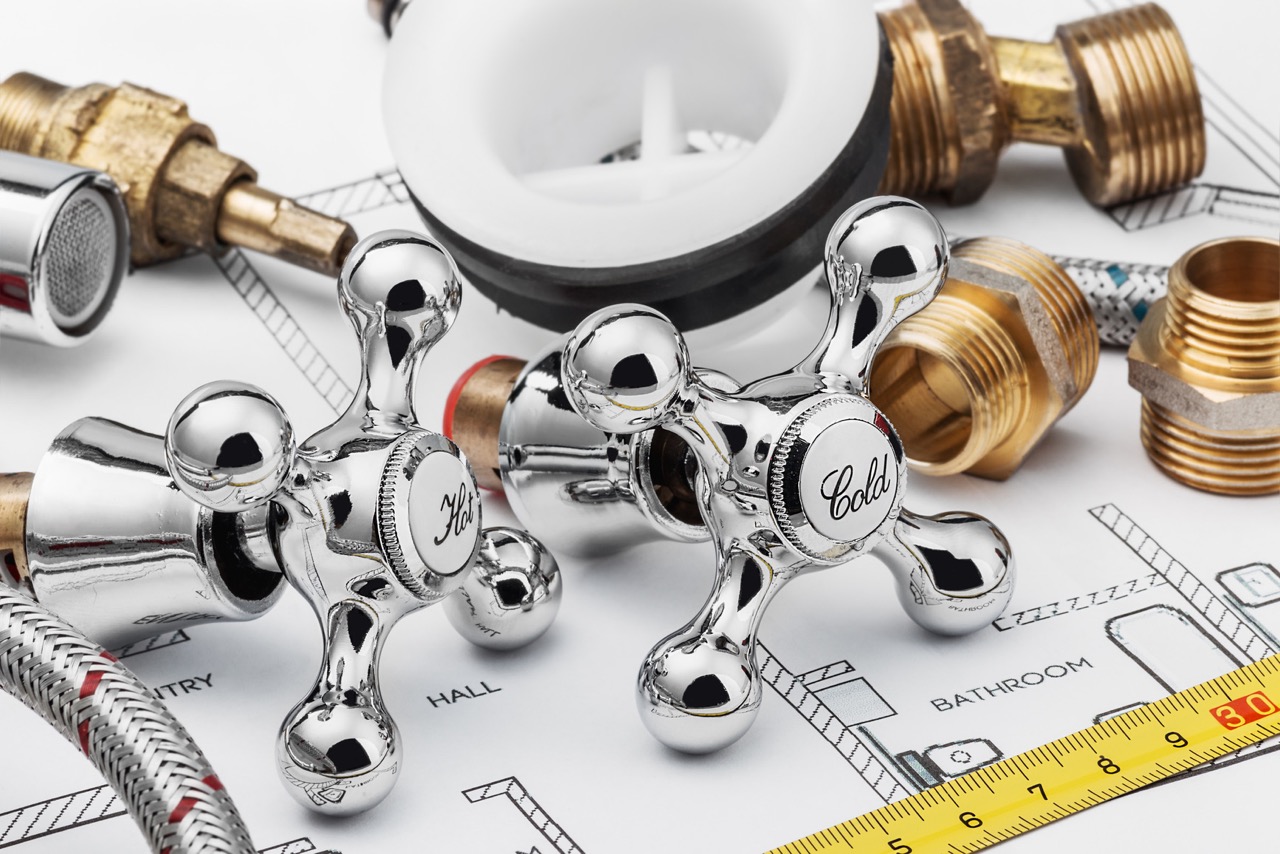
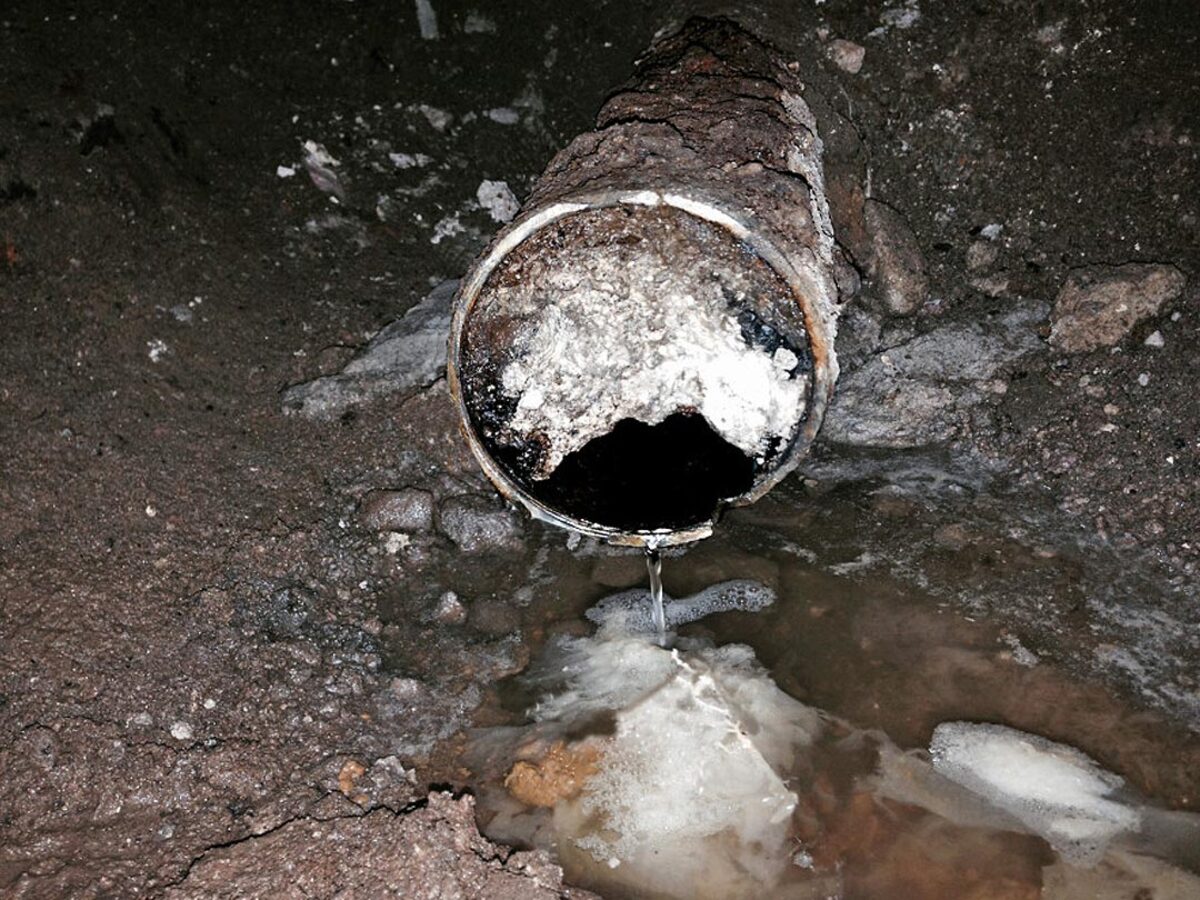
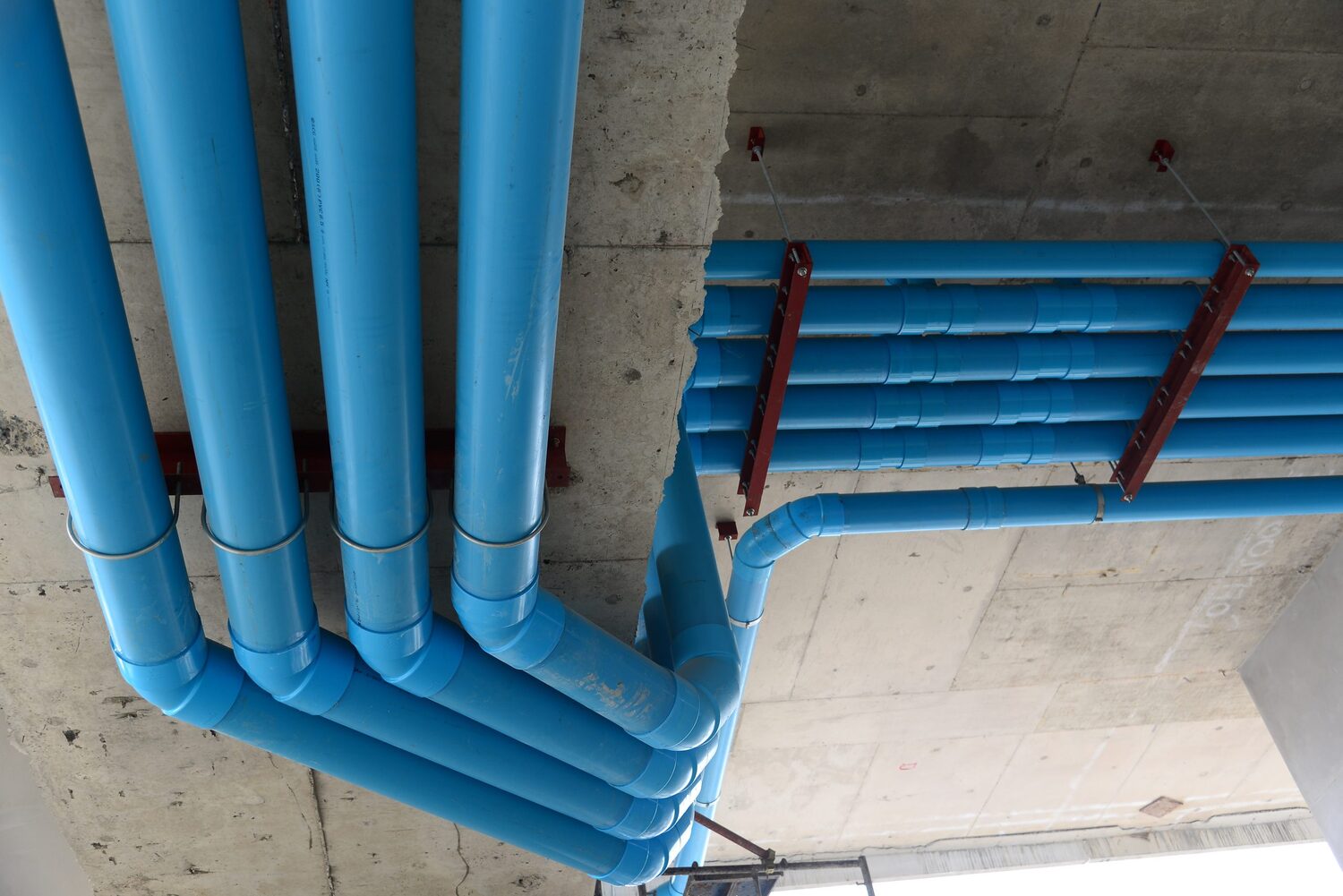
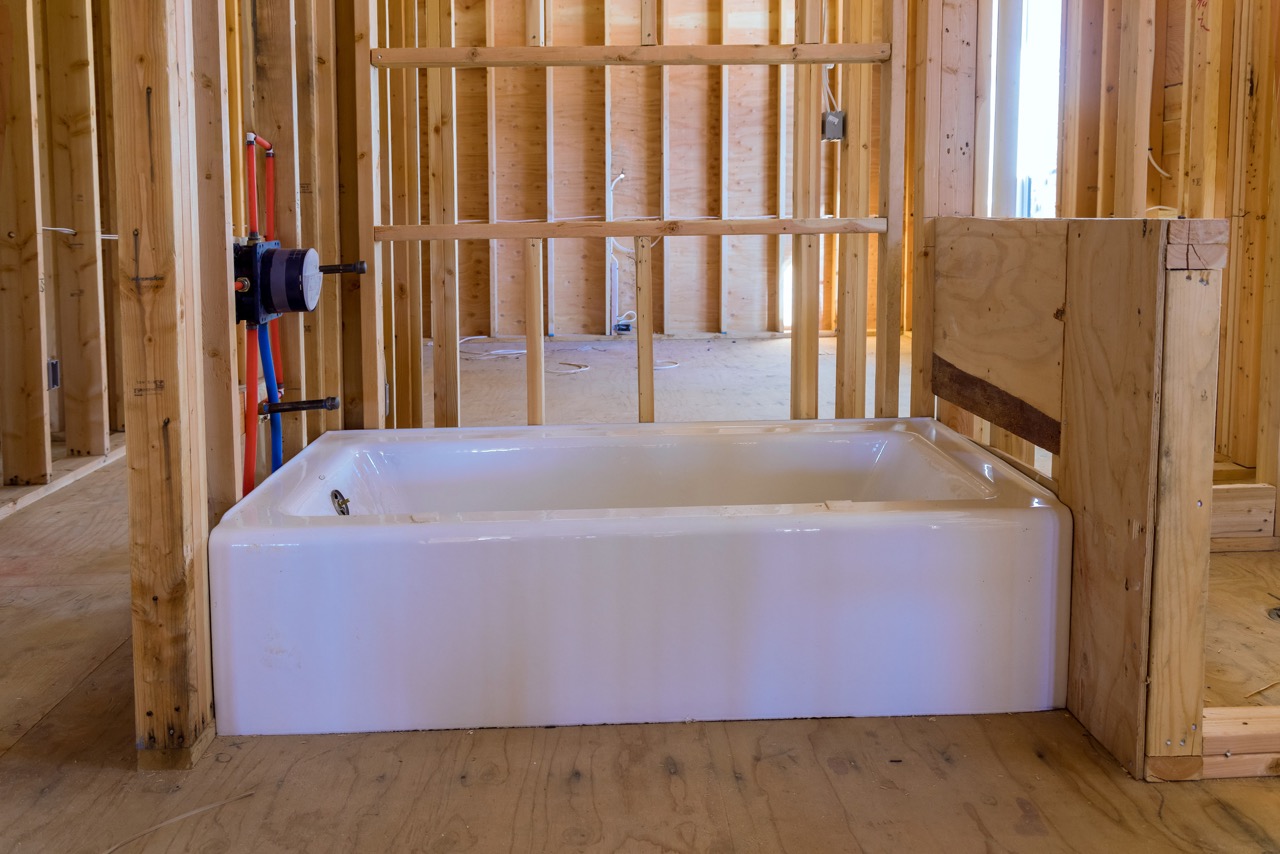
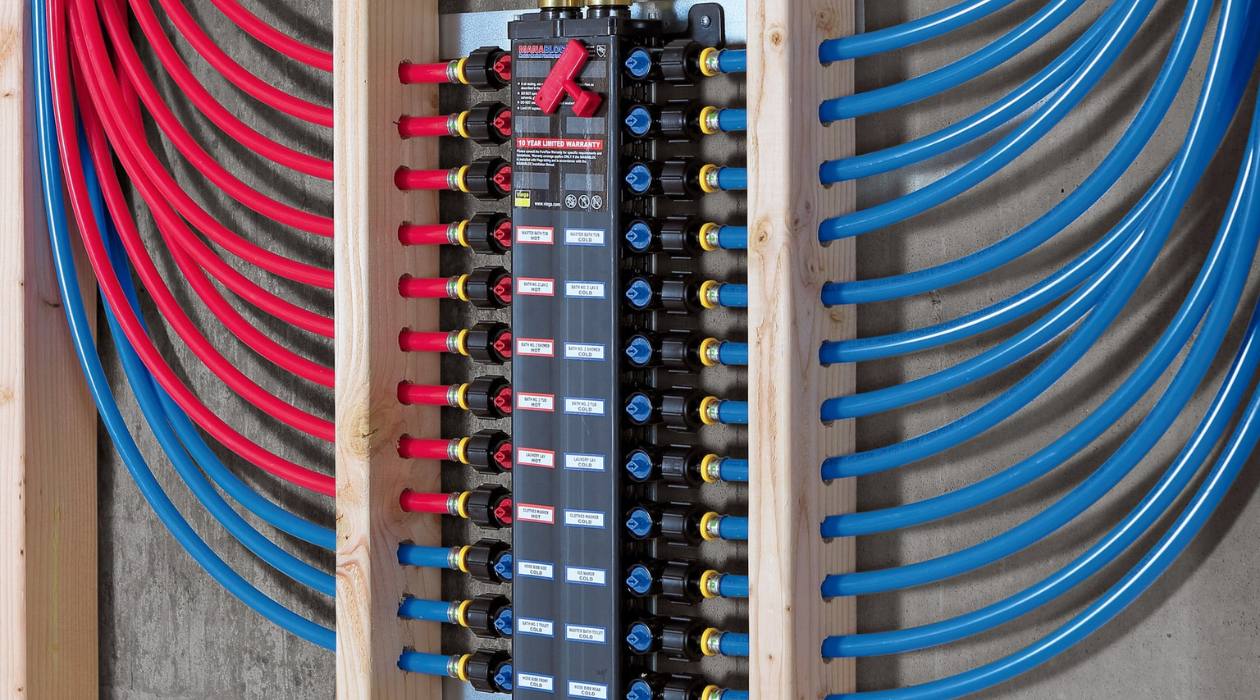
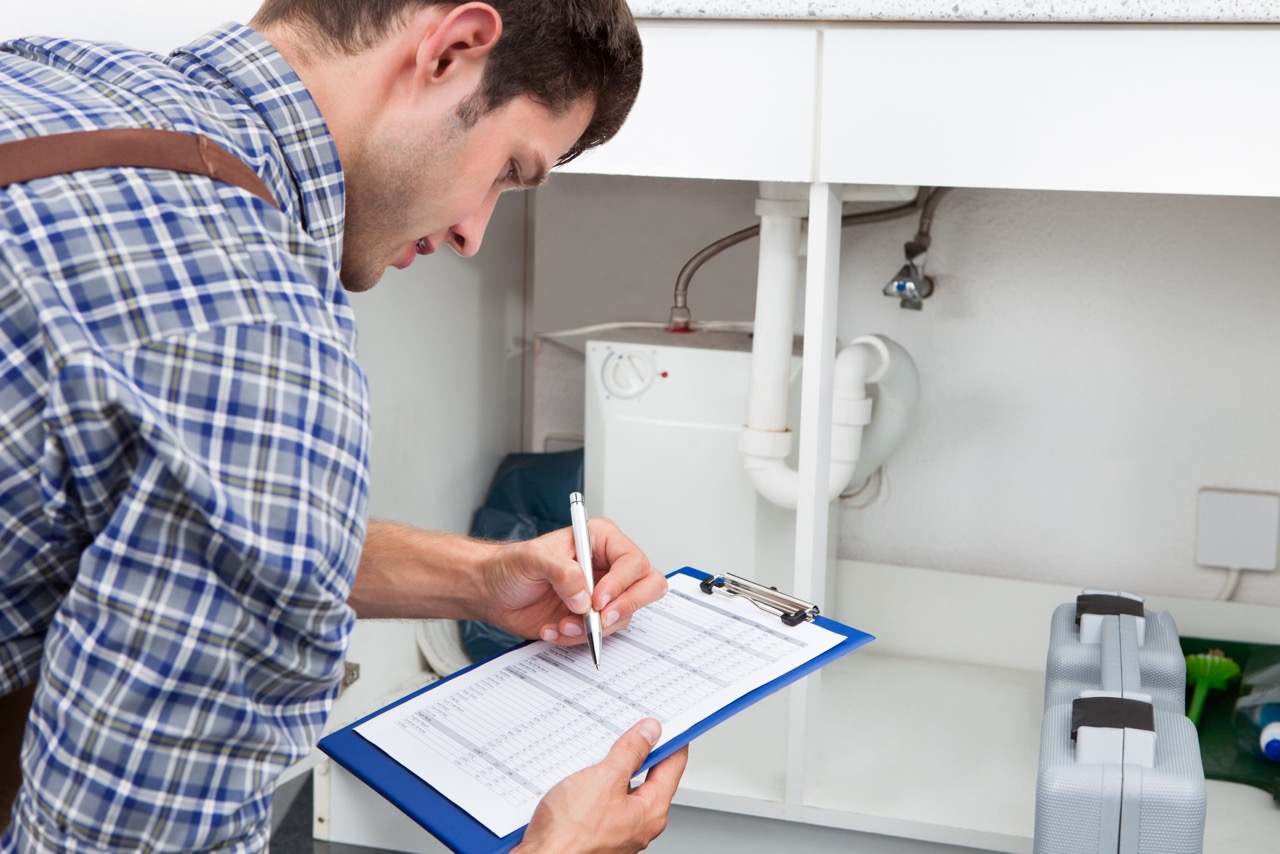
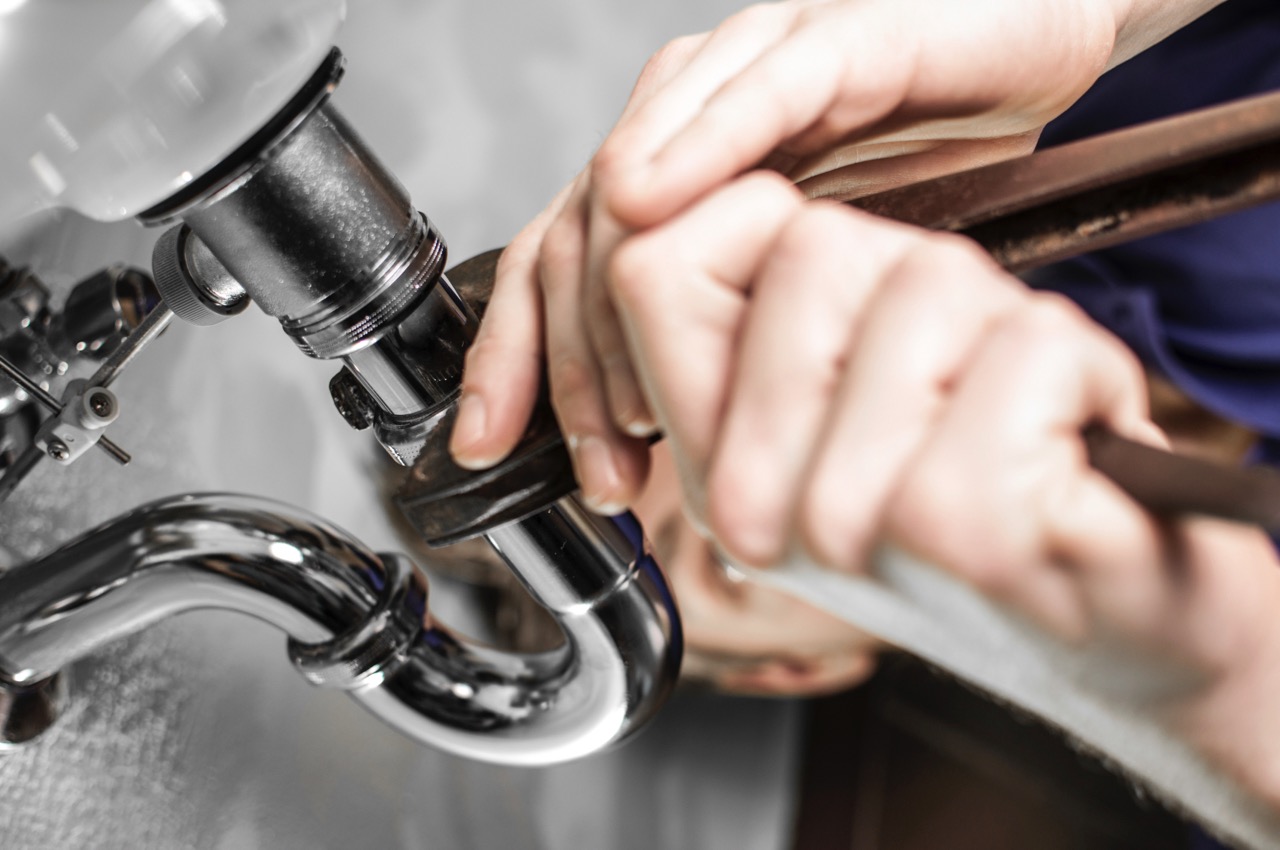
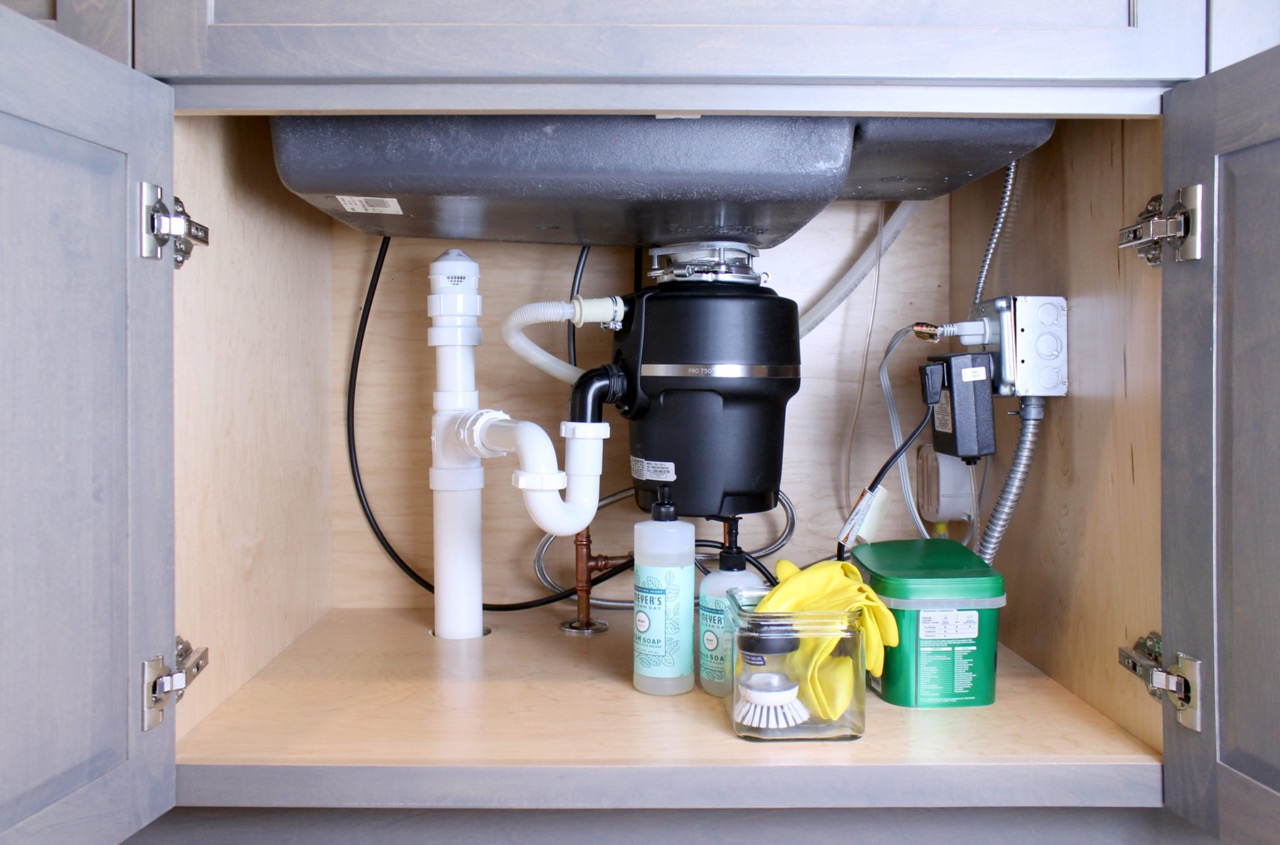
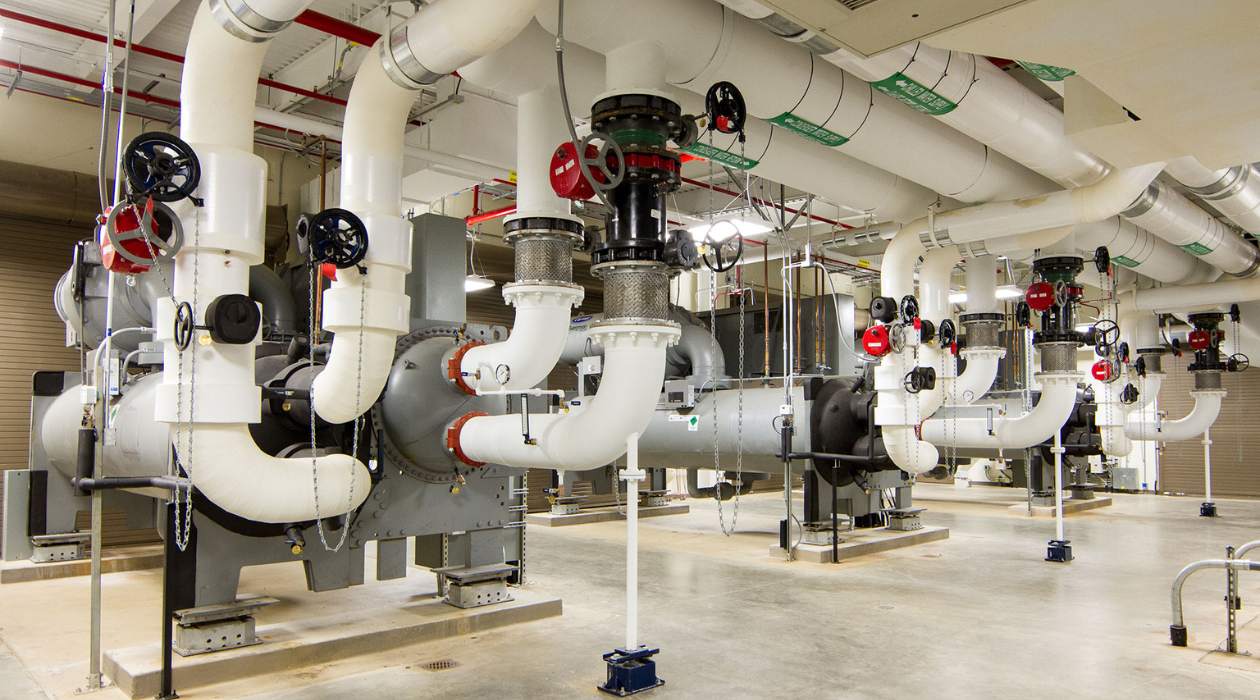
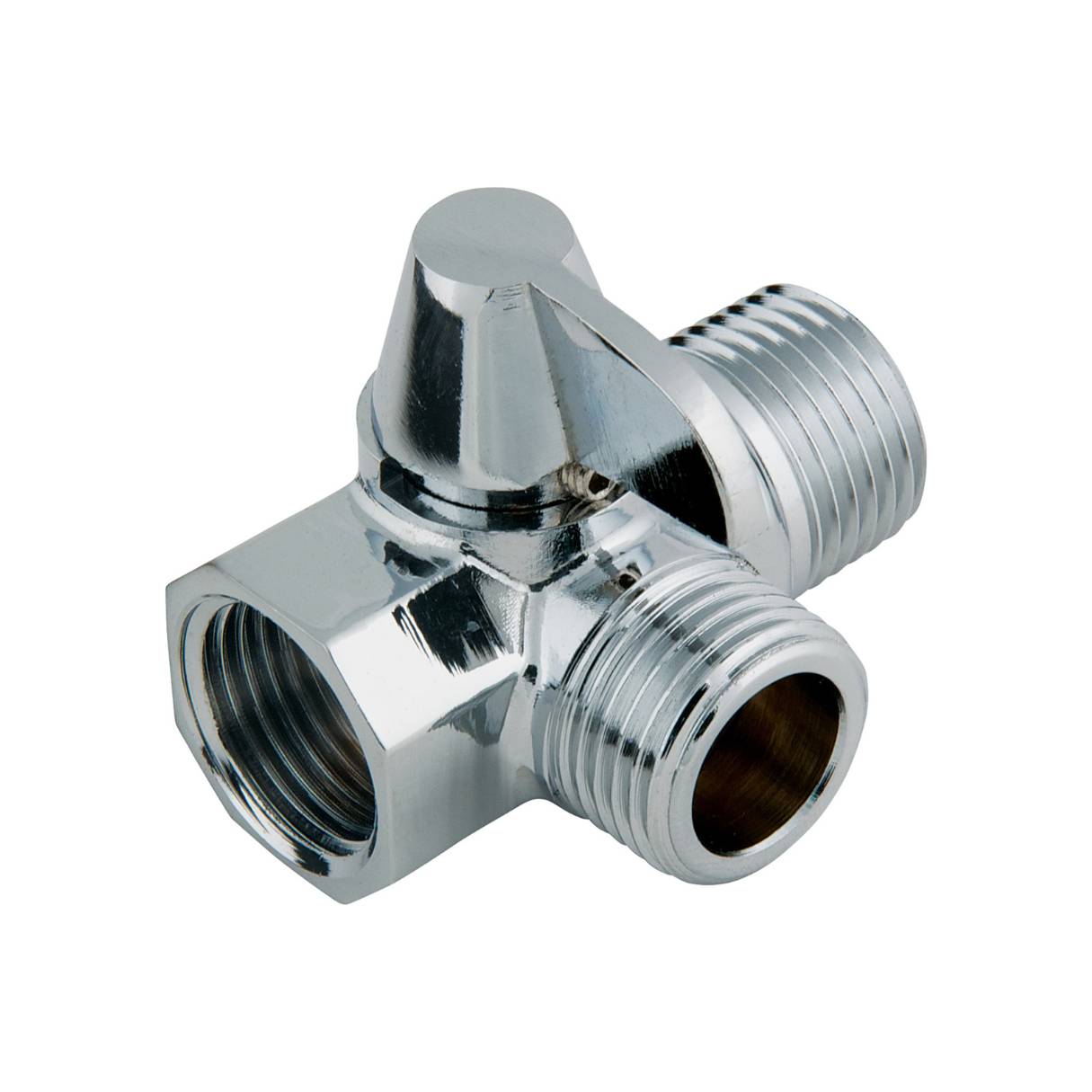

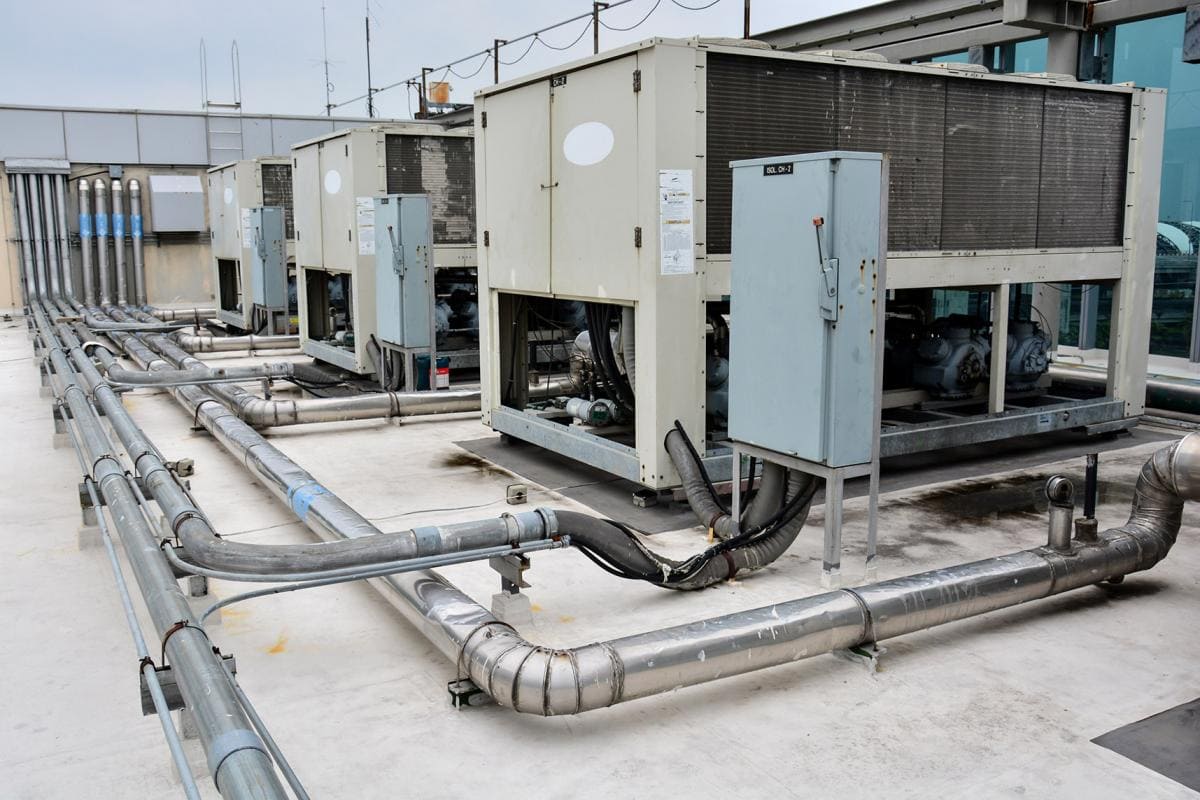
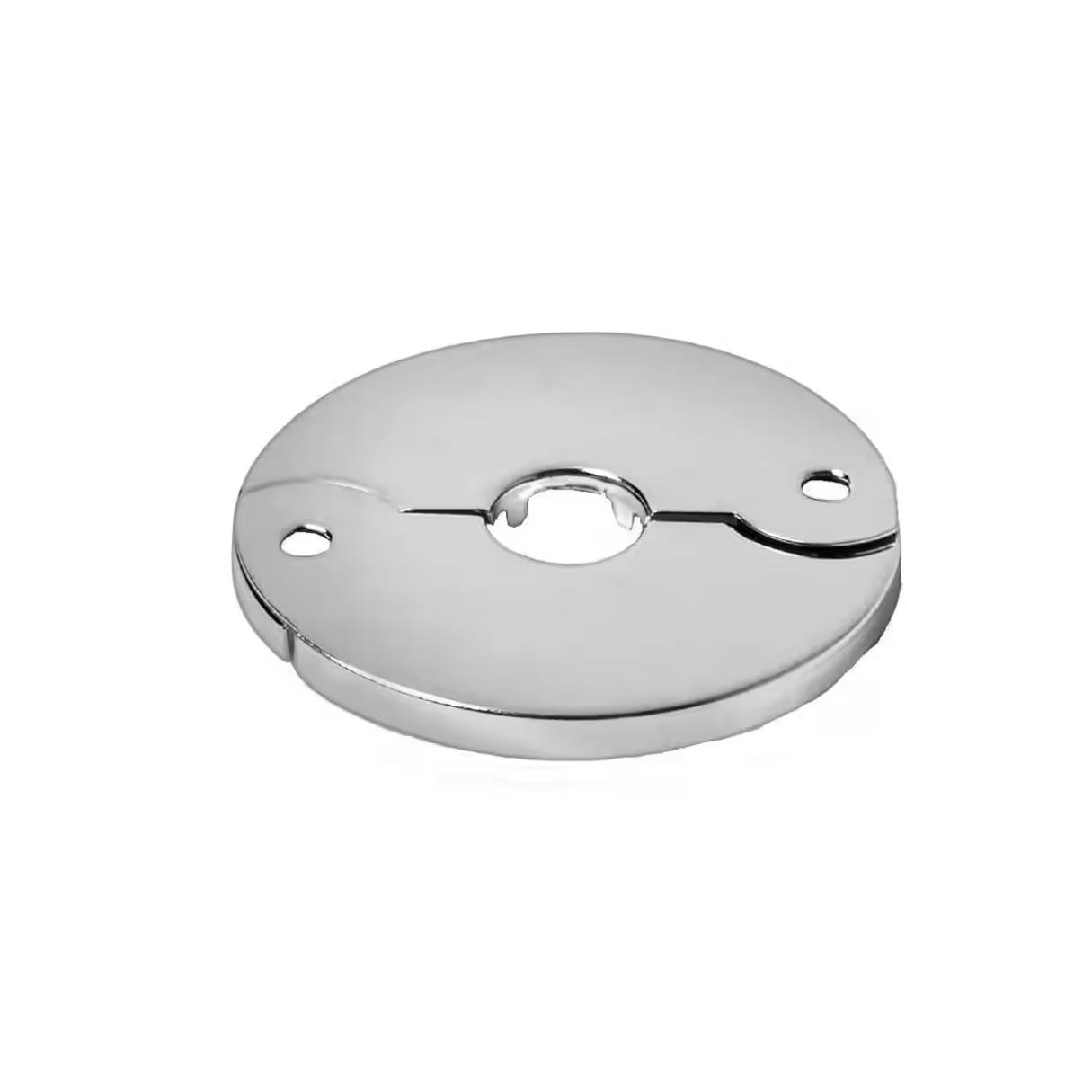
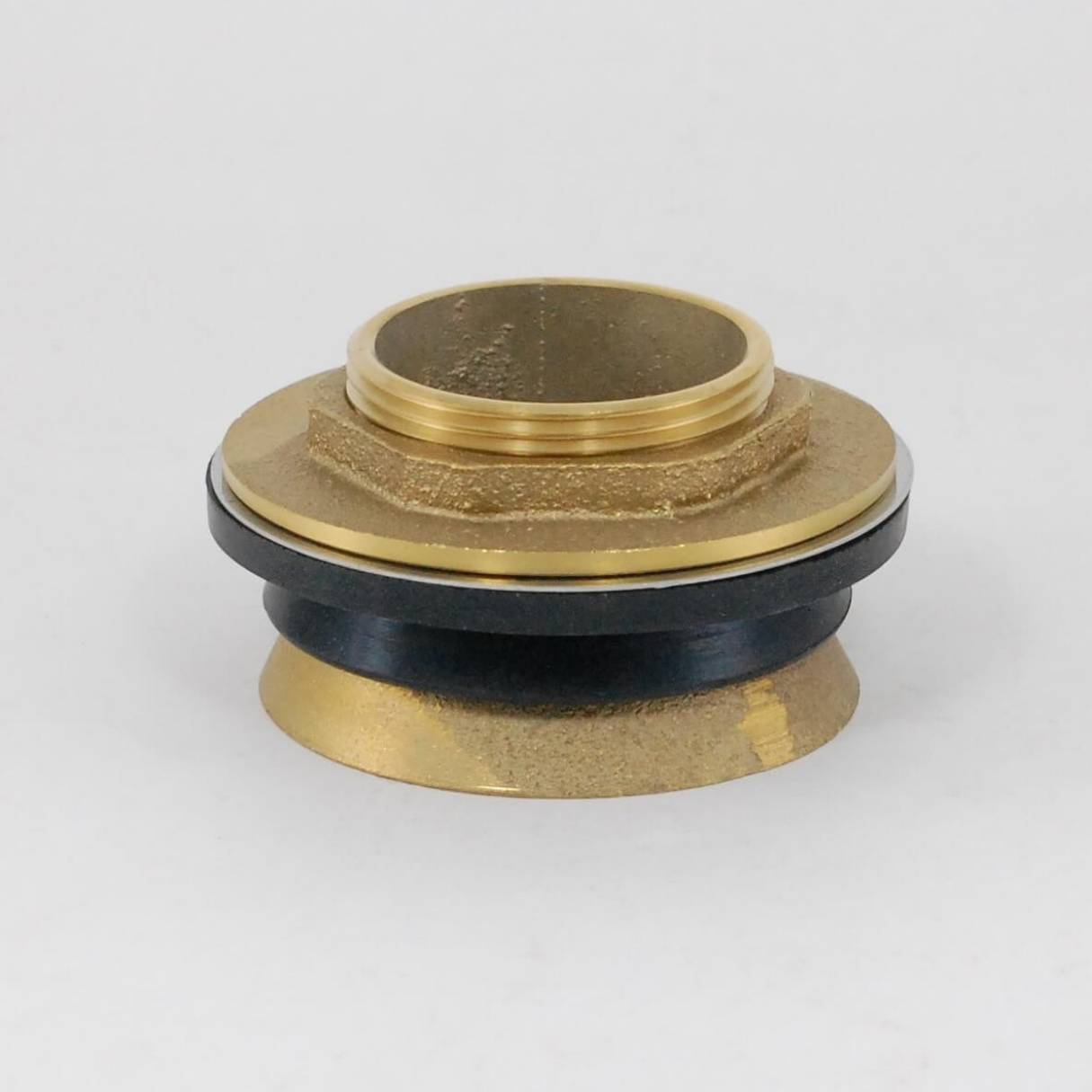

0 thoughts on “What Is Jetting In Plumbing”